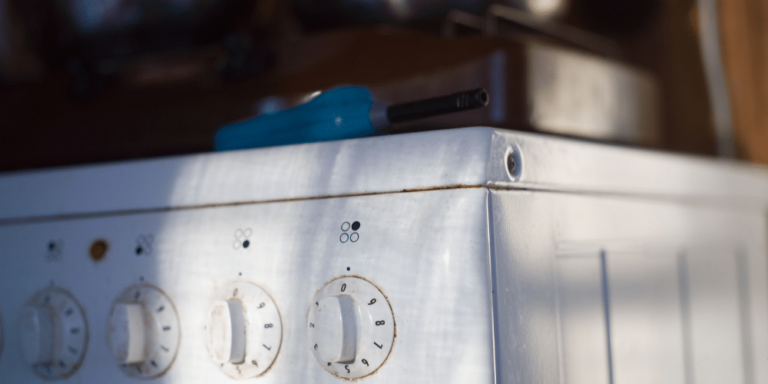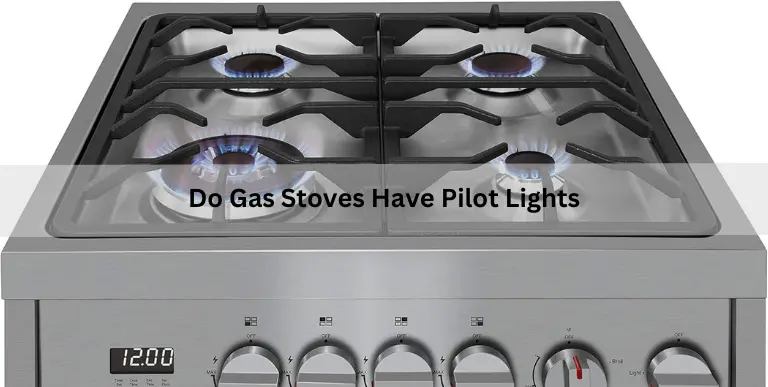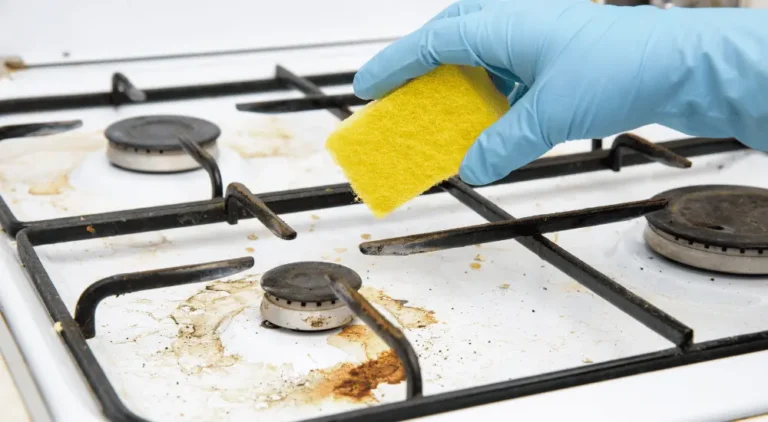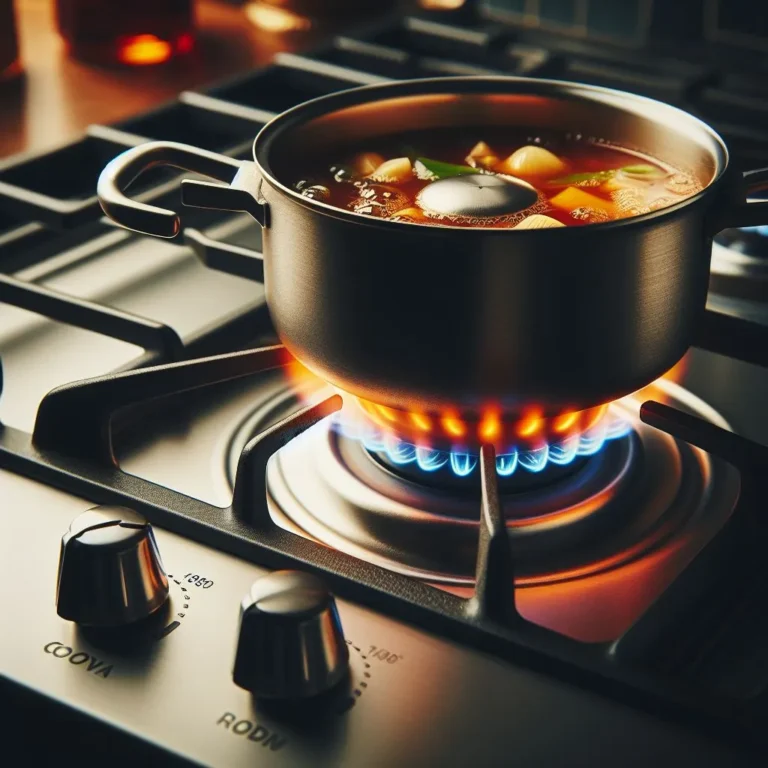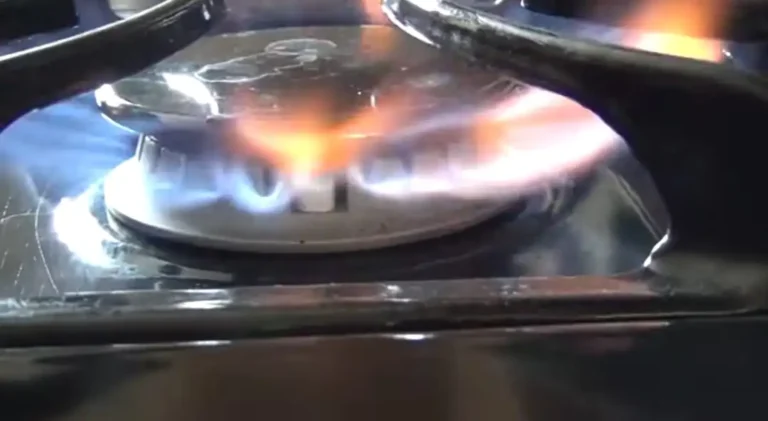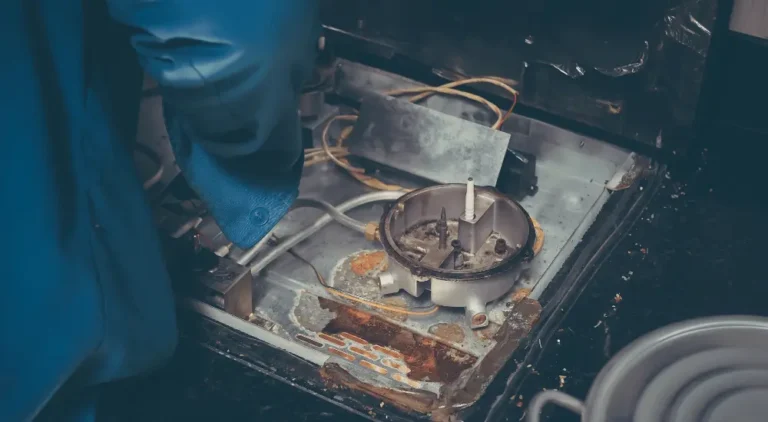What is an Infrared Gas Stove and How Does it Work?
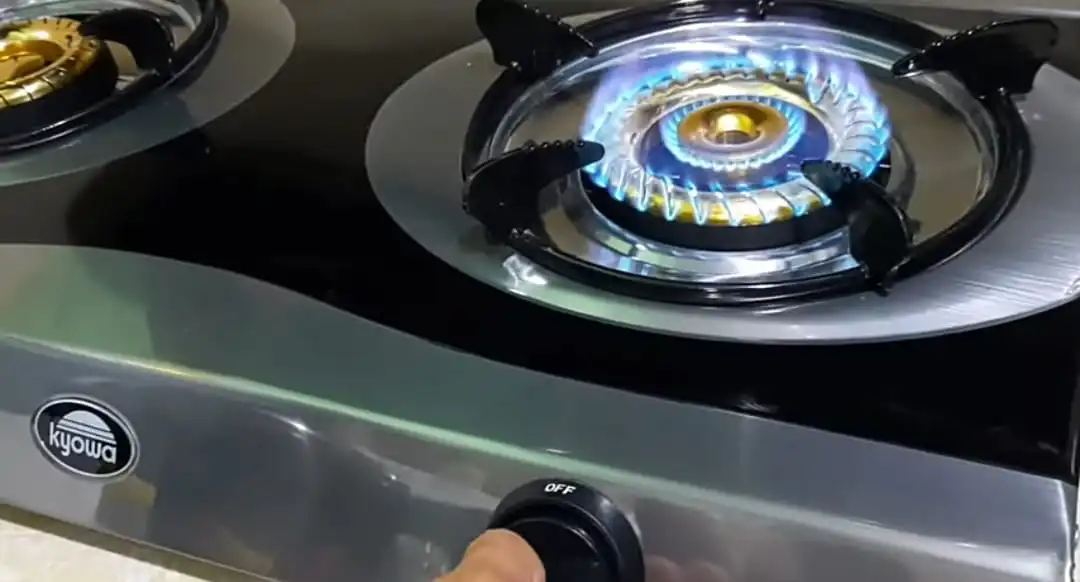
Cooking meals at home has come a long way since the days of wood burning stoves and open flame ovens. These days, home chefs have access to a wide array of high-tech cooking appliances like induction cooktops, convection ovens, and infrared gas stoves. But with so many options available, it can get confusing distinguishing one advanced cooking technology from another.
So what exactly is an infrared gas stove and how does it work compared to a standard gas range?
An infrared gas stove uses special infrared burners to cook food through radiant and electromagnetic waves rather than direct contact heat from a gas flame. This allows infrared stoves to cook meals much more quickly while also using less gas.
In this detailed guide, we’ll cover everything you need to know about infrared gas stove technology. You’ll learn:
- How infrared burners differ from standard open-flame gas burners
- The science behind how infrared waves cook food faster
- Benefits like quicker cooking times and gas efficiency
- Potential downsides to consider
- FAQs about infrared stove maintenance, cookware compatibility, and more
- Comparisons between infrared ranges and other cooking technologies like induction
- Key factors to help decide if an infrared stove is right for your kitchen needs
After reading, you’ll be a true expert on the ins and outs of infrared cooking! Let’s get started.
Open Flame vs. Infrared Burners: What’s the Difference?
To understand infrared stove technology, it helps to first look at how a standard gas range works.
Traditional gas stovetops use metal burners with small gas flame holes arranged in a circle or oval shape. When you turn the knob, natural gas or propane flows out of the holes and ignites into open flames. These hot flames heat up the metal stove grate and the bottom of pots and pans placed on top.
This direct contact heat from the gas flames is transferred first to the cookware, then to the air, and finally cooks the food through conduction. The hot air circulates and transfers energy to the food.
An infrared burner works quite differently. There is no visible open flame. Instead, a special ceramic glass surface or mesh screen sits on top of the gas burner holes. When gas flows into the infrared burner, it ignites under the screen which starts glowing red. This glowing screen emits infrared radiation, which is part of the electromagnetic spectrum. It also releases some visible light, which is why you see the burners glow.
Infrared radiation emitted by the super hot burner gets absorbed right away by the food, pots, and pans sitting above it on the grate. The infrared waves cause molecules in the food to vibrate and heat up through this direct transfer of radiant energy.
This differs from conduction heating where hot air or a flame must first heat up the surrounding air and cookware before indirectly warming the food. Infrared waves skip that step and deliver heat directly to the food, resulting in faster cooking times.
So in summary:
- Standard gas burners use an open flame to heat cookware and surrounding air first before slowly heating the food.
- Infrared burners convert gas energy into electromagnetic waves that transmit heat directly into the food itself.
Now that you understand the key difference in how standard vs. infrared gas burners operate, let’s examine the science and benefits more closely.

The Science of Infrared Cooking: Why It’s So Fast
On the spectrum of electromagnetic waves, infrared falls between the frequencies of visible light and microwaves. These invisible infrared waves have enough energy to vibrate water molecules in food rapidly, but lower frequency than x-rays or gamma rays which can destroy molecules.
When you turn on an infrared burner, the gas flame ignites under the solid surface, causing it to glow red hot. This thermal radiation emits low frequency infrared waves in the 0.76 to 1000 micrometer wavelength range, heating up any solid object it contacts.
Food sitting above the burner absorbs these infrared waves, causing the molecules to vibrate faster and heat up. This direct transfer of radiant energy into the food is very efficient, allowing an infrared stove to cook meals much more quickly than other methods.
Cooking with standard gas relies on convection heating. The hot air around the pot or pan slowly transfers heat into the metal, which then conducts energy to the food. Infrared waves skip that slow extra step by directly converting gas to electromagnetic energy for rapid food heating.
Benefits of Infrared Gas Stoves
With a solid understanding of the science behind infrared cooking technology, let’s now cover some of the key benefits these specialty gas stoves provide:
Faster Cooking Times
The biggest advantage of an infrared stove is how quickly you can cook meals compared to a standard range. Infrared burners reach maximum temperature in just 3-4 minutes, whereas regular gas burners can take up to 15 minutes to fully heat up.
This super fast heat makes infrared perfect for searing steaks, boiling water, stir frying veggies, and other quick cooking applications. You’ll spend less time waiting for the burners to get hot and can finish cooking foods up to 50% faster.
Uses Less Gas
Infrared burners require less natural gas or propane fuel to operate. Because infrared waves transmit heat directly rather than slowly heating the surrounding air, less gas is wasted.
This improved efficiency will save you money on energy bills in the long run. And infrared ranges produce less excess heat, so your kitchen will stay cooler.
More Even Heating
No more cold or hot spots! Infrared burners emit consistent radiant heat across their entire surface. This allows them to cook food more evenly, with the whole pan reaching the target temperature.
Standard gas flames often create uneven hot and cool spots on the cookware surface. Infrared waves eliminate this problem areas and heat food uniformly, perfect for delicate dishes.
Lower Smoke and Grease
Since infrared burners have no open flame touching the cookware, they produce less smoke than traditional gas ranges. Without a direct flame, there will be less splatter and sticky grease coatings on your stove and kitchen walls.
Pots and pans will also clean up easier without burnt on grease from licking flames. This makes infrared ranges perfect for indoor kitchens where ventilation is limited.
Increased Safety
The lack of an open flame is safer than standard gas in many ways. There is no fire hazard if a flammable material blows onto the stove as there would be with an exposed flame.
Children and pets are also less likely to burn themselves by accidentally touching the smooth glass surface of an infrared burner compared to a hot metal grate.
And if your infrared range gets wet from spills or steam from a pot, it will simply turn off rather than risking electric shocks.
Potential Downsides to Consider
While infrared gas stoves provide some amazing benefits, they also come with a few downsides to consider before purchasing:
Higher Upfront Cost
First, infrared ranges tend to be considerably more expensive than standard gas stoves, often costing $1000+ compared to $500-800 for regular ranges. This higher price tag makes an infrared stove a hefty investment.
However, experts estimate the faster cooking and increased gas efficiency can provide full ROI in just a few years for households that cook frequently.
Requires Special Cookware
Infrared burners can only transmit heat waves efficiently into pots and pans designed for infrared cooking. This cookware usually has a special coating or is made from magnetic stainless steel. Normal pots and pans may not heat up as evenly.
Be sure to check your existing cookware or budget for new infrared-compatible pots and pans if choosing these stoves. The infrared burners will only perform properly with the right equipment.
Takes Practice Adjusting
It takes time to learn new cooking techniques when switching from traditional to infrared burners. The extremely fast heating times mean you have less margin for error. Overcooking or burning food becomes a risk if you aren’t used to the quick temperature changes.
Pay close attention and adjust recipes and cooking practices when first using an infrared stove. Delicate dishes like eggs or sauces may need lower heat and shorter cook times to avoid overcooking.
Not Ideal for Slow Simmering
While infrared burners excel at fast, high-heat cooking, they aren’t as good for long simmering or poaching. Keeping a low constant flame going is harder with infrared. The technology is better suited for quick searing, boiling, or stir frying.
Consider supplementing an infrared cooktop with a standard range burner if you cook many dishes requiring slow, gentle cooking for long periods.
FAQs About Infrared Gas Stove Technology
How is infrared different than induction cooking?
Induction ranges use electromagnetism to induce a current in ferrous cookware, causing the pan itself to heat up. Infrared uses electromagnetic waves to directly heat the food. Induction only works with certain cookware, while infrared works on any non-metal surface.
What types of pans work best with infrared burners?
Use magnetic stainless steel or anodized aluminum pans with copper cores. Avoid regular aluminum and copper which reflect infrared waves. Cast iron also works well. Check your manual for tested cookware recommendations.
Do infrared burners require special maintenance?
Keep the burner caps and grate clean. Avoid metal scourers. Check the owner’s manual for cleaning instructions to keep your infrared stove performing optimally.
Is an infrared range hard to install?
Infrared stoves hook up to existing gas lines and ventilation just like traditional ranges. The only difference would be if your kitchen layout requires an electrician to move the gas line inlet.
Can an infrared stove be installed in an island or on an outside wall?
As long as proper ventilation is there, an infrared range can be installed in an island or placed on an outside wall just like any other gas range model.
How long do the infrared burners last before needing replacement?
With proper care, the average lifespan of infrared cooking surfaces is 10-15 years before needing replacement compared to 5-10 years for standard range grates and burners.
Related Reads: Expand Your Knowledge with These Articles
- Is Your Gas Stove Leaking Gas from Burner? How to Diagnose and Fix
- How to Fix Gas Stove Igniter in 5 Steps
- Do Gas Stoves Have Pilot Lights? Lighting and Maintaining Guide
- How to Fix a Pilot Light on a Gas Stove That Repeatedly Goes Out
Key Considerations When Choosing an Infrared Stove
Here are some final tips for choosing between an infrared vs standard range and getting the right stove for your cooking needs:
- Consider how often you cook at home and your most common cooking techniques. Infrared excels at fast searing, boiling, or frying.
- Look at energy costs in your area – the greater the potential gas savings from an infrared stove, the better ROI.
- Remember special cookware is required. Check which pots & pans you own work with infrared.
- Compare upfront costs against expected energy savings over 5-10 years to determine if the price is justified.
- Make sure your kitchen has proper ventilation for any gas range. Infrared produces less heat but still requires good airflow.
- Pick the size and burner layout appropriate for your space. Infrared ranges come in everything from 2 burner to 6 burner configurations.
- Look for additional features like air fry modes, convection cooking, or griddles to maximize functionality.
The Bottom Line
Infrared gas stoves utilize a breakthrough cooking technology that allows you to sear, boil, and fry with less energy and up to 50% faster cook times. By converting gas flames into radiant heat directed at the food, infrared burners provide quick, consistent results not possible with standard ranges.
Just be aware that higher upfront costs, required cookware, and practice adjusting to faster heating times should be factored in. But for devoted home cooks, the advantages of faster meals and gas savings will easily justify the move to an infrared cooking experience.

